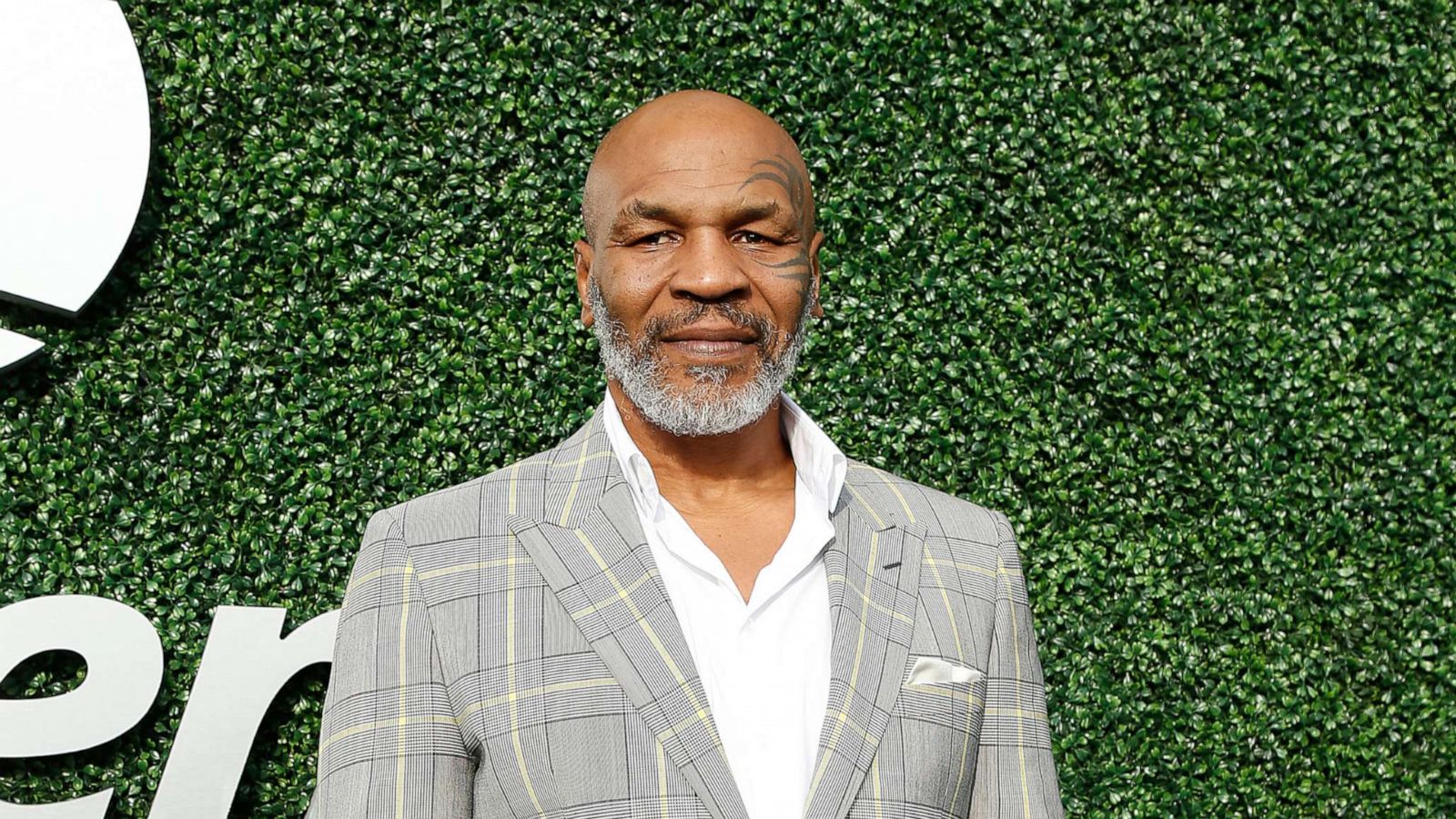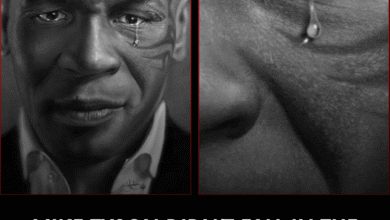“She Never Hugged Me” – The Tragic Death of His Mother That Forged Mike Tyson into ‘Iron Mike’
OPINION: This article may contain commentary which reflects the author's opinion.
Before the knockouts, before the championship belts, before the legend—there was a boy named Mike. Born into the unforgiving streets of Brownsville, Brooklyn in 1966, Michael Gerard Tyson grew up surrounded by poverty, violence, and emotional abandonment. But no wound would cut deeper than the one left by his mother, Lorna Mae Tyson.
Lorna was a single mother of three, left to raise her children after Mike’s father, Jimmy Kirkpatrick, vanished from their lives. Their apartment was cramped, the neighborhood unforgiving, and life was a daily battle for survival. Lorna struggled with alcoholism and was often involved in volatile, abusive relationships. Tyson remembered it all too well: the fights, the shouting, the broken furniture—and the coldness. “She never hugged me,” he confessed in his memoir Undisputed Truth. “She never said she was proud of me.”
For a young boy desperate for affection, the emotional distance from his mother left deep scars. Still, Tyson later admitted he never hated her. He understood that Lorna was a victim of her own brutal environment, trapped in a cycle of pain and poverty. But love, at least in the way a child longs for it, was missing.
Everything changed in 1982, when Lorna died—reportedly from a stroke, though some believe it was cancer or complications related to alcohol. Mike was just 16. Her death left him utterly alone. Tyson later admitted he didn’t even cry at her funeral—not out of coldness, but numbness. “It didn’t hit me until years later,” he said.

But in that moment of profound loss came a turning point. With nowhere to go, Mike was taken in by Cus D’Amato, a legendary boxing trainer who saw something in the troubled teen that no one else did: greatness. D’Amato didn’t just train Tyson—he became his legal guardian, his mentor, and the father figure he never had. Alongside Cus was Camille Ewald, D’Amato’s partner, who treated Mike with the warmth and care he had never experienced from his own mother.
Under their roof in Catskill, New York, Tyson began to transform. He channeled his rage and abandonment into ferocity in the ring. At age 20, he became the youngest heavyweight champion in history. The world knew him as “Iron Mike,” but few understood the boy who had built armor around his broken heart.
Years later, Tyson would reflect on his mother with a mixture of sorrow and empathy. He forgave her. He came to understand that her failures weren’t born from cruelty, but from circumstance. “I wish she could have seen what I became,” he said. “But maybe, in a way, her pain became my fuel.”
Today, Tyson stands not just as a champion, but as a man who endured unimaginable emotional wounds. The death of Lorna Mae Tyson didn’t just mark the end of his childhood—it ignited the fire that forged him into a symbol of resilience. “Iron Mike” was born the day he lost the woman who never hugged him.



